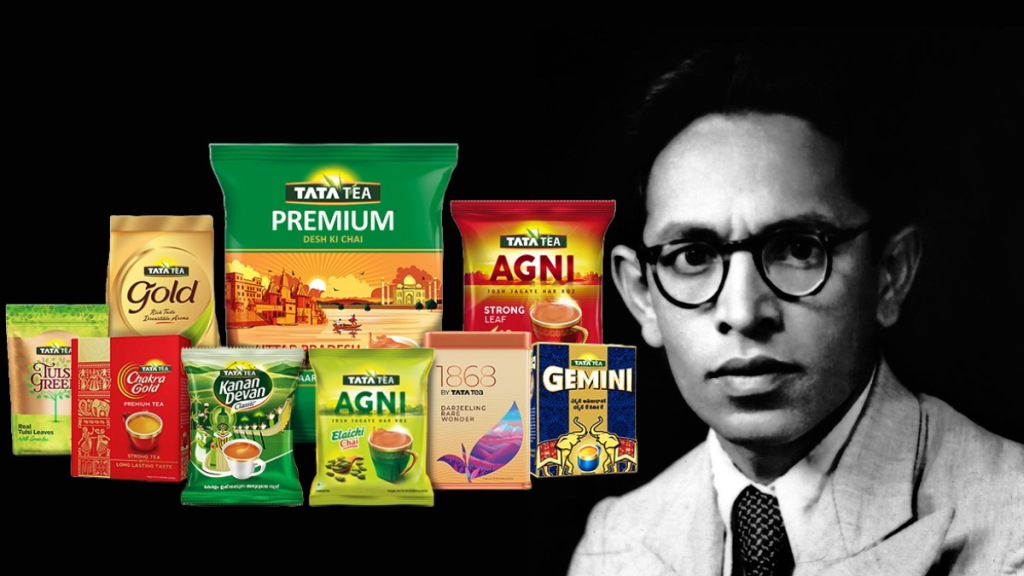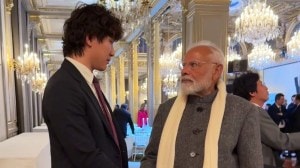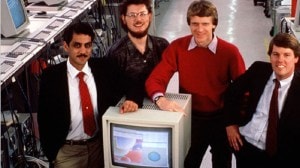Darbari Seth, a remarkable business leader whose stature far exceeded his physical height, played a pivotal role in the success of Tata Tea, a company that brewed more than just a beverage. Alongside other influential chairpersons like Russi Modi in the steel industry and Sumant Moolgaonkar in automobiles, Seth’s leadership stood out due to his ability to straddle companies across diverse domains under the Tata umbrella. Born on January 1, 1920, in Naushera, North-West Frontier Province (now in Pakistan), Seth’s journey from an MSc Honours graduate in Chemistry to a trailblazing business magnate remains a tale of exceptional vision and determination.
The chemistry of success: From engineer to visionary leader
Seth’s journey within the Tata Group commenced in 1943 when he joined Tata Chemicals as a junior engineer. His passion for chemistry and industrious spirit led him to the United States a decade later to pursue an MS Degree in Chemical Engineering from Cincinnati University. After gaining valuable experience at Dow Chemicals in the U.S., Seth returned to India to continue his journey at Tata Chemicals, bringing with him a wealth of knowledge and innovative thinking.
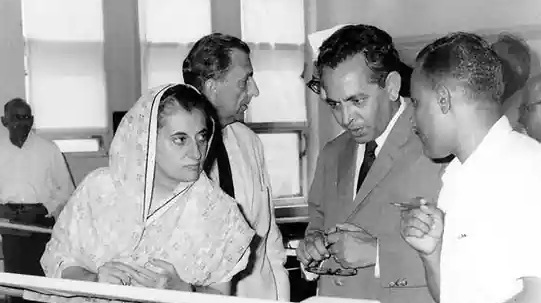
Championing innovation: The 400 tonne challenge
In 1957-58, a pivotal moment arrived for Tata Chemicals when the company sought to expand its soda ash manufacturing capacity. While many on the management board hesitated, Darbari Seth stood resolute. He not only believed the expansion could be achieved in-house, but he also proposed a daring target of 400 tonnes per day, double the initially envisioned capacity. His audacious vision was met with skepticism, with only JRD Tata himself standing in agreement.
Undeterred by skepticism, Seth’s leadership brought forth the ambitious “FHTP” (Four-Hundred Tonne Target of Soda Ash Production) program. This initiative encompassed a complete overhaul of processes, engineering, design, and power plant installations, all the while ensuring uninterrupted production. The completion of the first phase in 1959 marked the installation of the second lime kiln, setting the stage for further accomplishments.
Tata tea
Tata Tea began as a tea plantation company in the early 1980s and expanded into branded tea in the late 1980s. Despite possessing over 50 tea gardens across India, the company’s executives realized that they had the tea but not the brand. The commodity portion of the firm was losing money due to cyclical price swings. The actual profits were made by the Unilevers of the world, who had few gardens but bought bulk tea at auction and sold it in pouches. Darbari Seth, then-chairman of Tata Tea, and Krishna Kumar believed that in the long run, Tata Tea should shift from trading to branding. It should be a marketing corporation, a consumer-led company, with its own and well-known tea brands
Pushing boundaries
April 18, 1960, stands as a historic date when Tata Chemicals inaugurated the installation of the largest steam tube dryer in India, designed to handle a staggering 300 tonnes of soda ash per day. With new installations including a cutting-edge ammonia still and an advanced filter system, Seth’s leadership was propelling the company towards unparalleled heights.
November 17, 1964, marked another pivotal moment as Seth challenged the team to achieve the monumental goal of producing 400 tonnes of soda ash per day. In an astonishing display of innovation and dedication, the plant surpassed expectations, reaching an impressive production capacity of 545 tonnes daily within the first two weeks.
Impact beyond business
Seth’s contributions extended far beyond the realms of business. In 1967, he conceived a revolutionary solar-cum-nuclear power agro-industrial complex in Mithapur, an ambitious endeavor aimed at reducing India’s import reliance. His vision found favor with Prime Minister Indira Gandhi, who lauded the project’s potential to drive the country’s progress.
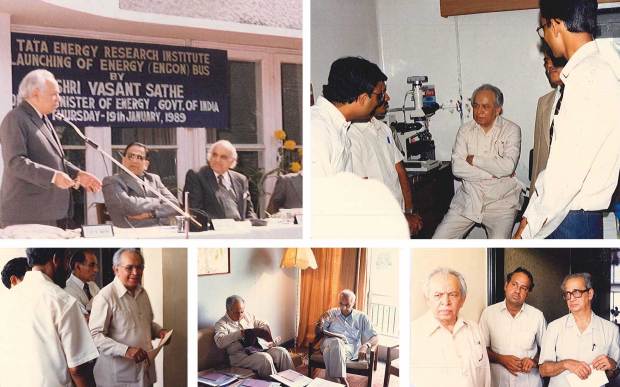
Moreover, recognizing the importance of population management on the nation’s resources, Seth initiated a Family Planning program in Mithapur during the 1950s. This initiative garnered such recognition that the government, in 1963, facilitated the establishment of a grant-in-aid Family Planning Centre in Mithapur, cementing Seth’s legacy of contributing to societal well-being.
TERI and beyond
While Seth’s later years at Tata were marked by challenges, including a shifting leadership landscape with Ratan Tata at the helm, his contributions remained undeniable. He held leadership positions in over 14 Tata companies and was a director in 20. Despite changes, Seth continued to serve as chairman emeritus on numerous companies, reflecting the enduring value of his counsel.
TERI (The Energy and Resources Institute) became the shining jewel in Seth’s crown. His chairmanship of the institute until his last day showcased his passion for fostering intellectual and financial autonomy. Seth’s vision ensured TERI’s rapid growth, surpassing even his expectations in terms of reach and impact.
Darbari Seth’s story is one of unyielding determination, innovative thinking, and transformative leadership. His legacy continues to inspire both the business world and society at large, a testament to the power of vision and resilience in the face of challenges.
